
The longest laboratory experiment in history
 24. 06. 2020
24. 06. 2020

The viscoelastic polymer, pitch (resin), is one of the densest liquids on Earth. This experiment is seemingly trivial and the reason for it - measuring the flow and viscosity of pitch (mostly bitumen) under carefully defined conditions and under the supervision of a webcam.
Nine drops of pitch since 1930
An unusual experiment, launched in 1927 by Professor Thomas Parnell of the University of Queensland in Brisbane, Australia, aimed to investigate the properties of pitch. The resin is seemingly strong at room temperature and easily breakable with a single hammer blow. However, the professor was determined to prove that he actually existed in a liquid state.
The preparation of the experiment took years. Parnell warmed a piece of tar, placed it in a closed funnel, and waited patiently for three years before the tar "settled" in it. In 1930, when he decided that the pitch was already smooth enough, he cut off the bottom of the funnel and the material began to drip at an extremely slow pace.
Parnell witnessed only two drops, the first in 1938 and the second nine years later in 1947, a year before his death. He died in 1948. Nevertheless, the experiment continued and only nine drops have been added since that year. In 2000, a webcam was placed next to it to facilitate surveillance of the drip. Unfortunately, technical problems after the power outage caused another drop to escape. Today, it is possible to watch the experiment live.
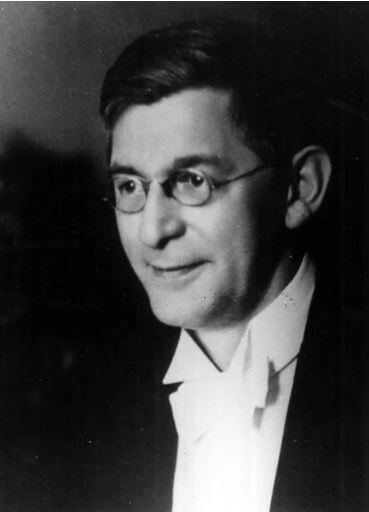
Thomas Parnell of the University of Queensland, c. 1920. Photo courtesy of the University of Queensland Archives - CC BY 4.0
Pitch is a fantastic 230 billion times more viscous than water, the intervals between drops have an average duration of eight years, so consider which year you bet on. He expects the tenth drop to drip sometime in the 20s.
After the seventh drop, it took more than 12 years before we witnessed the next one. Since then, the experiment has proved to be relatively unpredictable due to changing variables such as temperature or decreasing pressure from the residual mass in the funnel after dripping a few drops. Actually, it's quite fun, and it makes the whole scientific experiment fun.
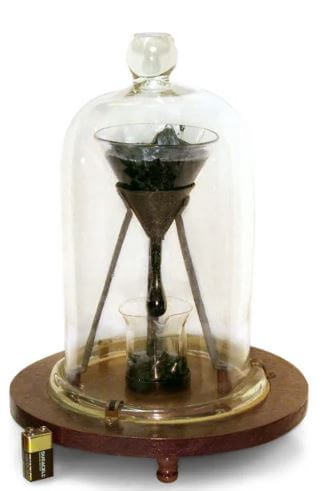
"Dripping resin experiment" demonstrating the viscosity of bitumen. - Photo of the University of Queensland and John Mainstone - CC BY-SA 3.0
The explanation for the sudden change in viscosity is the installation of air conditioning after the reconstruction of the building in the 80s. This slowed down the process dramatically because the air conditioner reduced the average room temperature and indirectly contributed to the elongated intervals between the drops, not to mention the variability of their size and ambiguous shaping.
Despite all this, Professor John Mainstone, the second guarantor of the Queensland experiment, decided not to change the conditions and leave everything as Professor Parnell had determined in order to preserve the best scientific integrity of the experiment. The experiment is also listed in the Guinness Book of Records as the longest laboratory experiment in the world.
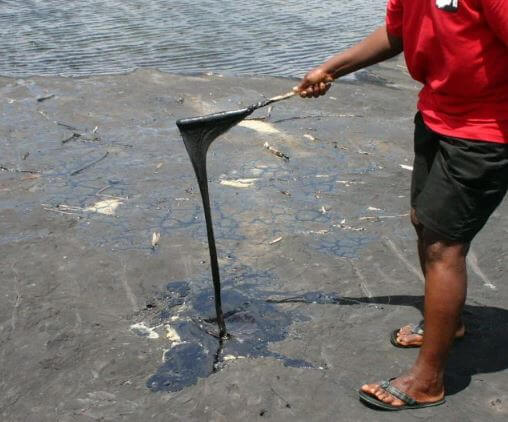
Tar Pit Tierra La Brea, Trinidad.
Another similar experiment
Another pitch drip experiment was started at Trinity College Dublin in 1944. It is a younger version of Parnell's experiment. Reportedly, it was Ernest Walton, a Nobel Prize winner and professor of physics at Trinity College.
In 2005, the guarantor of the Queensland experiment, John Mainstone, along with Thomas Parnell, won the Ig Nobel Prize in Physics. It is a kind of parody of the Nobel Prize, but it is by no means degrading or ridiculing. The Nobel Ig Prize focuses more on unusual scientific experiments and breakthrough discoveries, which are seemingly trivial, but still make a significant contribution to science and encourage the craving for knowledge.
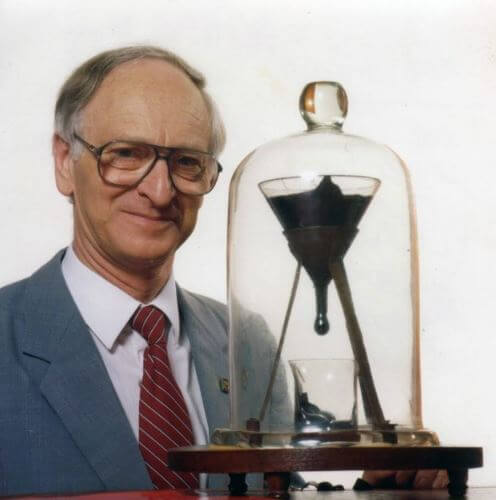
Experiment with dripping tar at the University of Queensland. Previous project guarantor Professor John Mainstone (photo taken in 1990, two years after the seventh drop and 10 years before the drop of the eighth drop). - John Mainstone, University of Queensland - CC BY-SA 3.0
Professor Mainstone died after a stroke on August 23, 2013 at the age of 78. The position of guarantor was then handed over to Professor Andrew Whit. Following the Ig Nobel Prize Award, Mainstone praised Professor Parnell for the following:
"I'm sure Thomas Parnell would be flattered to know that Mark Henderson considered him worthy of the Ig Nobel Prize. Professor Parnell's speech would, of course, have to appreciate the new record that has been set, for the longest time between conducting a key scientific experiment and awarding a prize, whether it is a Nobel Prize or an Ig Nobel Prize. "
Tips from the Sueneé Universe e-shop
Grazyna Fosar-Franz Bludorf: World over the abyss
The author pair is known to Czech readers from previous publications: Intuitive Logic, Matrix Errors, Predetermined Events, and Facts of Reincarnation. This time they warn of a possible threat to the existence of humanity. The authors present documents on dangerous espionage activities or cyber warfare. They draw attention to the shift of the magnetic poles.
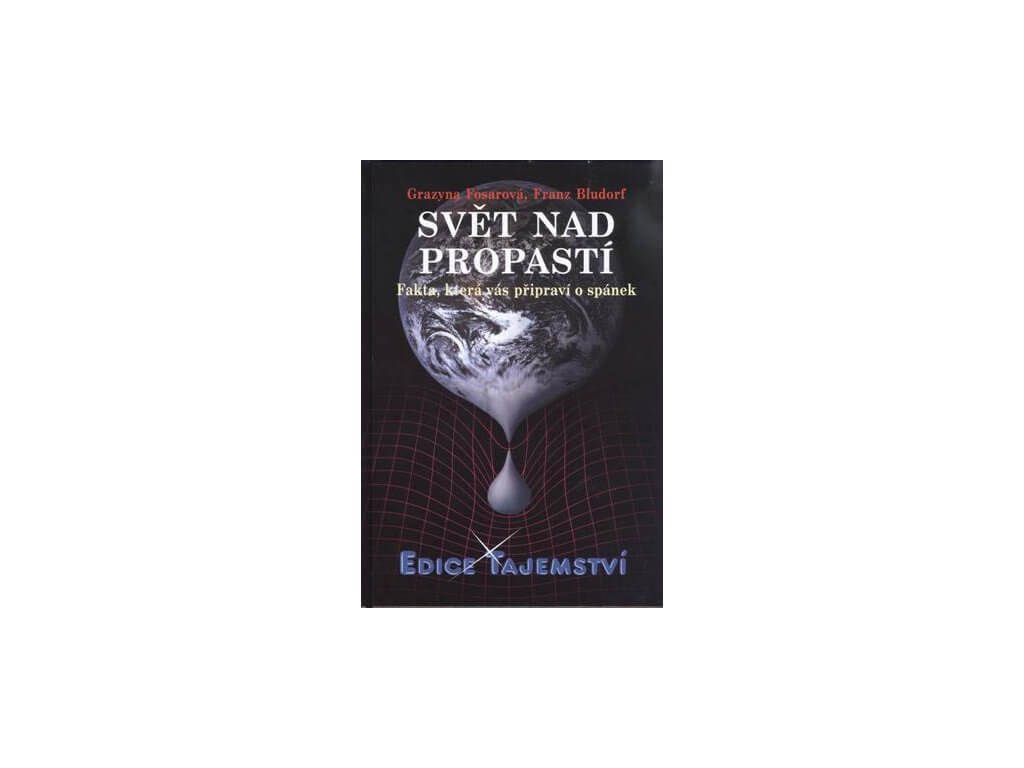





 1
1